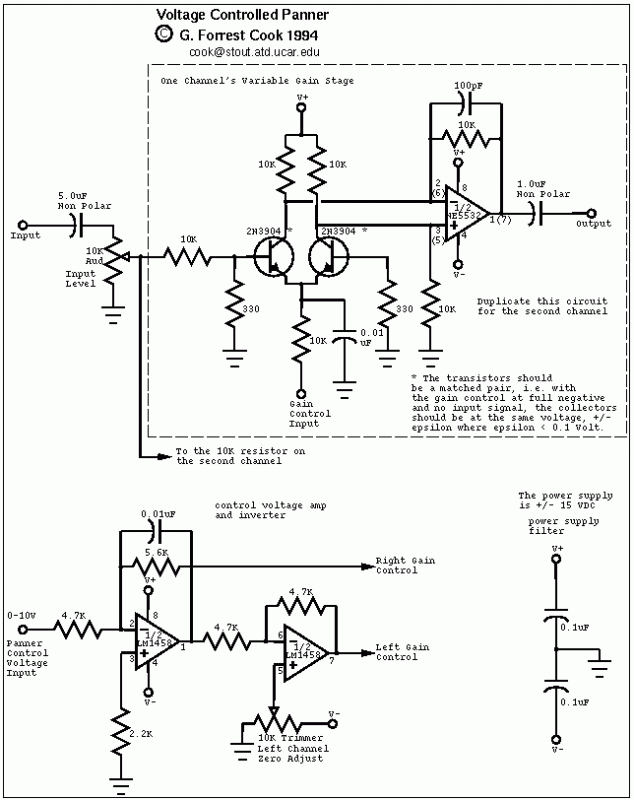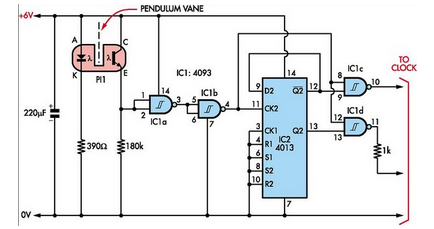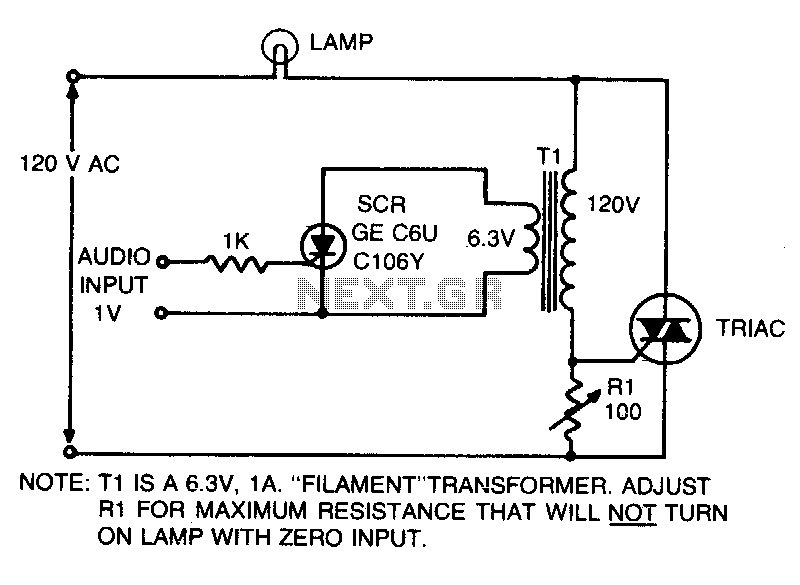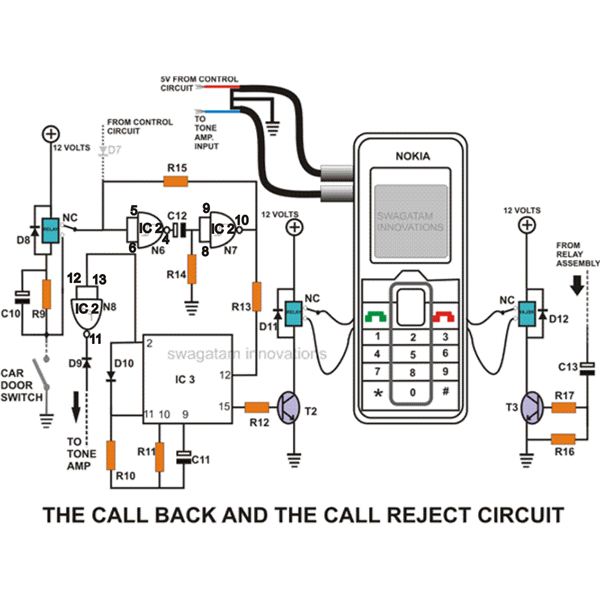
Dual-Motor SIP&PUFF Controlled Kayak System
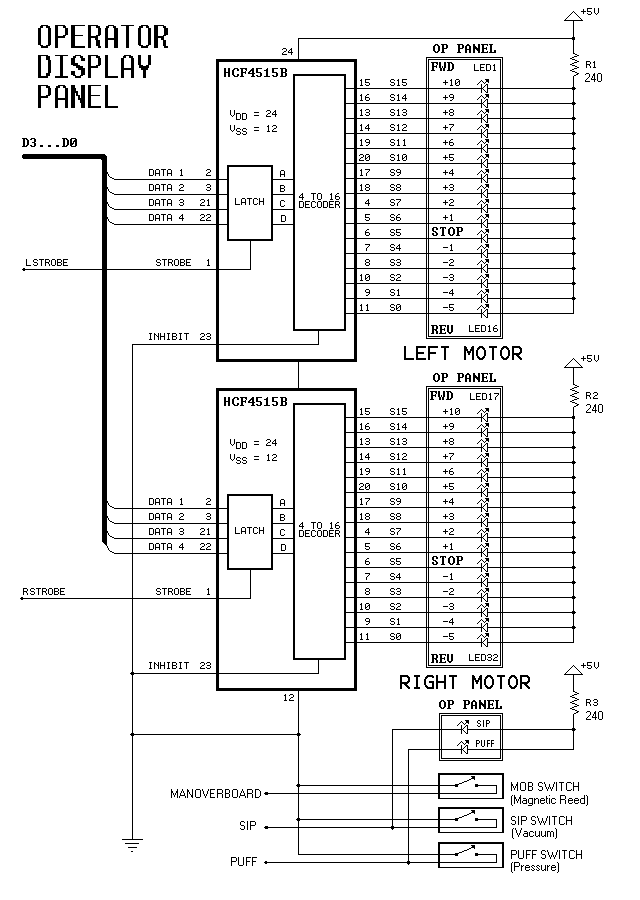
The YouTube video below demonstrates the quick and easy setup of the system at the launch site.
The provided description indicates a focus on the efficiency of system installation at a launch site, as showcased in a YouTube video. In an electronic schematic context, this could refer to the configuration of various components and subsystems necessary for a launch operation.
A comprehensive setup at a launch site typically involves numerous electronic systems, including telemetry, communication, power distribution, and control systems. Each subsystem must be integrated seamlessly to ensure reliable operation during critical phases of the launch.
The telemetry system is responsible for collecting data from various sensors and transmitting it to ground control. This includes parameters such as temperature, pressure, and structural integrity of the launch vehicle. Communication systems enable real-time interaction between the launch team and the vehicle, ensuring that commands can be sent and data received without delay.
Power distribution is crucial, as it involves distributing electrical power from the main source to various subsystems, ensuring that each component receives the necessary voltage and current. This often includes the use of power management ICs, voltage regulators, and backup power systems to maintain functionality in case of primary power failure.
Control systems encompass the software and hardware necessary to manage the launch sequence, including ignition, thrust vector control, and payload deployment. These systems rely on microcontrollers or FPGAs programmed to execute specific tasks based on sensor inputs and predefined algorithms.
In conclusion, the quick setup of such a comprehensive electronic system at a launch site is essential for the success of the operation, highlighting the importance of meticulous planning, robust design, and efficient integration of all electronic components.Jumping ahead just a little The YouTube video below illustrates how quickly and easily the system is set up at the launch site My to.. 🔗 External reference
The provided description indicates a focus on the efficiency of system installation at a launch site, as showcased in a YouTube video. In an electronic schematic context, this could refer to the configuration of various components and subsystems necessary for a launch operation.
A comprehensive setup at a launch site typically involves numerous electronic systems, including telemetry, communication, power distribution, and control systems. Each subsystem must be integrated seamlessly to ensure reliable operation during critical phases of the launch.
The telemetry system is responsible for collecting data from various sensors and transmitting it to ground control. This includes parameters such as temperature, pressure, and structural integrity of the launch vehicle. Communication systems enable real-time interaction between the launch team and the vehicle, ensuring that commands can be sent and data received without delay.
Power distribution is crucial, as it involves distributing electrical power from the main source to various subsystems, ensuring that each component receives the necessary voltage and current. This often includes the use of power management ICs, voltage regulators, and backup power systems to maintain functionality in case of primary power failure.
Control systems encompass the software and hardware necessary to manage the launch sequence, including ignition, thrust vector control, and payload deployment. These systems rely on microcontrollers or FPGAs programmed to execute specific tasks based on sensor inputs and predefined algorithms.
In conclusion, the quick setup of such a comprehensive electronic system at a launch site is essential for the success of the operation, highlighting the importance of meticulous planning, robust design, and efficient integration of all electronic components.Jumping ahead just a little The YouTube video below illustrates how quickly and easily the system is set up at the launch site My to.. 🔗 External reference
